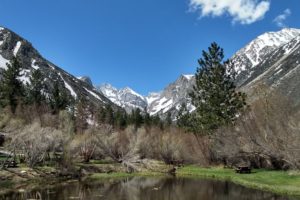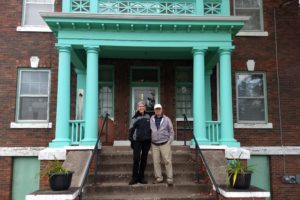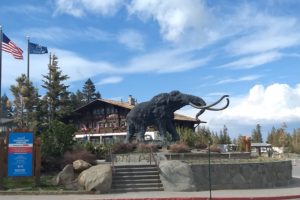A detailed part of the history of this area is the Thursby family who settled in this area later in the 1800s after trying their hand at gold mining, made Blue Spring their home, and created a business that depended on the river alongside their home. What strong people they were to come here and settle in. This post will show us their home and their influence.






inside the house


The stove was probably heated by coal or dried corncobs; my aunt and grandpa used corncobs to heat their stoves and cook.

1856 – family history
Louis Thursby arrived in this area around 1856, and his family were the first white settlers to make this their permanent home.

This house has been a landmark on the St. Johns River for over 100 years. Louis built the 2-story house in 1872 and covered it with a cypress shingle roof. Louis and his wife Mary Ann had a son, John, who added the 3rd story with a metal roof around 1900. No major changes have been made in the structure since that time.
1983 – The 1st story was opened for public tours of the restored house showing what it looked like from 1872-1887.

through the years
1856 – Mr. and Mrs. Thursby left Brooklyn, New York, with their daughter, Mary Alice, arriving by steamboat.

before and after the Civil War
The Thursbys’ nearest neighbors were several miles away at Lake Beresford and Enterprise.

Lewis Thursby had to travel to Enterprise by mule for supplies and mail, which he delivered to the few families in his area.
For several years, the family lived in Parson’s original log cabin and in a more rustic cabin they built for themselves while constructing their new house.

Medical care wasn’t close by and the pioneer life could be brutal. Their first son, Lewis Jr., died from a rattlesnake bite while playing under the house; 3 more children died in infancy.
To feed their family, the couple planted orange trees and grew corn, beans, Irish potatoes, and sweet potatoes in their garden. They raised and lived on hogs and cattle.

1872 – The new house began being built. It was built of Georgia yellow pine and roofed with hand-split cypress shingles. On the main floor, 4 rooms opened into a central breezeway (that we’ve seen). The kitchen was built on the site of the original log cabin.

In the top of the next picture, the Osceola steamship is leaving from the Blue Spring Landing. The bottom left shows 2 other steamboats that operated in the 1870s.

mid-1880s – Louis Thursby owned 2 homes and had over 800 aces of land, primarily acquired through government land grants.

1886 – with the standard gauge railway replacing the narrow gauge track from Blue Spring to Orange City, one era ended and another began. At the same time, Henry Flagler was building a major railway along the east coast from Jacksonville to Key West. (For more information about Flagler’s railway, see a previous post when we went to his home in Palm Beach.)
For a while the east coast line met the New Smyrna-Blue Spring line at the northeast corner of the Thursby property called Blue Spring Junction. This connection allowed the area to be connected with a major rail network.

Louis Thursby died in 1890. Ten years later his wife, Mary Ann, moved to their Orange City house so their son, John, could move into the house we’re looking at here at Blue Spring. By 1910, only 4 steamboats passed by on the river weekly so the landing was no longer a posted stop.
More about this family and their influence on this area is included in the previous post.





Leave a Reply
Your email is safe with us.